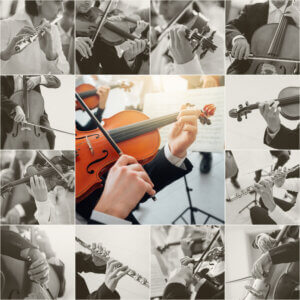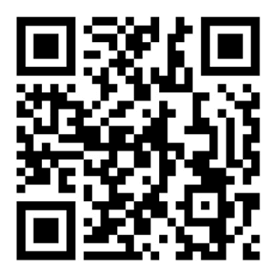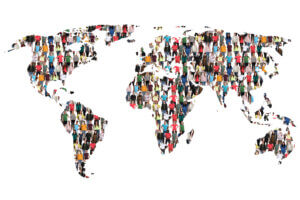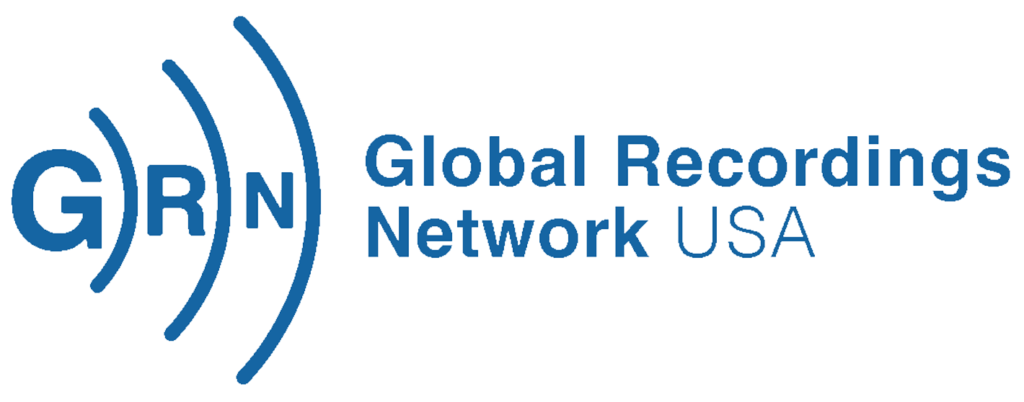from April 2023 ALERT / From ALERT
New Tools Emerging
How We Got on the Map

by Allan Starling
I love to watch a symphony orchestra play on YouTube. It’s a picture of teamwork. Each performer looks different and may play a unique instrument or even a separate melody, but all perform in perfect harmony to produce a beautiful piece of music. Our GRN mapping project team is like a symphony orchestra. Each team member “plays” their part and contributes to the big picture (or map.)
Thousands of Languages
GRN’s motto is Telling the Story of Jesus in Every Language. I thought about thousands of language varieties spoken worldwide. I asked myself, “Wouldn’t a language map be a tremendous help in locating these groups?” Of course, it would, but I don’t have the training or skill to make one. After prayer, probing, and patience, God led step by step.
Out-of-date Maps
Years previously we obtained permission to use language maps created by Wycliffe Bible Translators. Now they were out of date, so I asked Loren, a mapping specialist from another mission, to show me how to update them. It proved to be overly complex, but Loren offered to do the job. Instead of a static map, printed on paper, he proposed an inter-active global map showing the location of recorded and unrecorded languages. This was far bigger than my original idea.
The Pieces
Several pieces needed to come together – the electronic base map, a point (dot) showing the location of each cluster of language varieties, and the GRN-related info about each language. Don’t forget the players.
The Players Come Together
Loren recruited more mapping experts. I trained several data-entering volunteers. Others searched documents for pertinent information. Another volunteer produced a code to harmonize data with the mapping software. We sought to avoid any sour notes or “dis-chords” by obtaining permissions and keeping within copyright restrictions.

Click and Listen
Now, anyone can use this link to find information about any language. They can click on a green dot and listen to recordings in that language. A red X indicates a language that needs a recording.
You’re invited to the concert. Actually, it’s more like a rehearsal than a performance because this map is a work-in-progress. You can help. Tell us how well each instrument is playing. To do so, enter the link below into your computer browser. (If you don’t know how, ask a teenager.) Here’s the link –https://gis.lightsys.org/grn – and the QR code.
You Are the Audience
When the Interactive Global Map comes up, first click on the question mark in the left-hand column for a video explaining the functions. When you are ready to give your review, click on the gearwheel in the left-hand column.

Another way you can help is to pray that those red exes will soon turn to green, indicating that the story of Jesus is now being told in another language. Let’s make music – and maps – together.
“And what do you do?” somebody once asked me. I grinned. “I wave my arms around like the conductor, but I can’t play any of the instruments!” But the truth is, God is the conductor, and He has brought all the players together, for which we praise Him.
